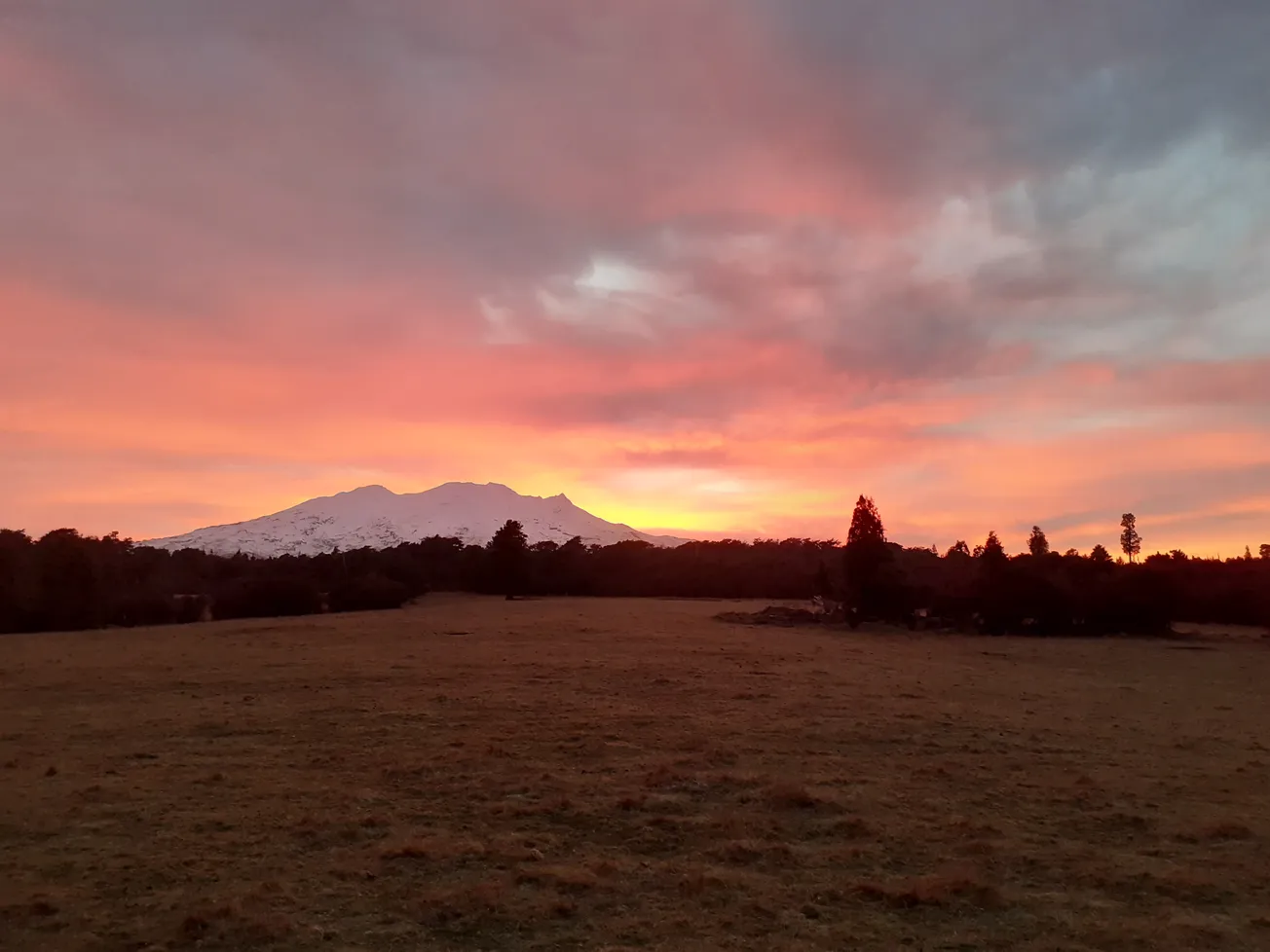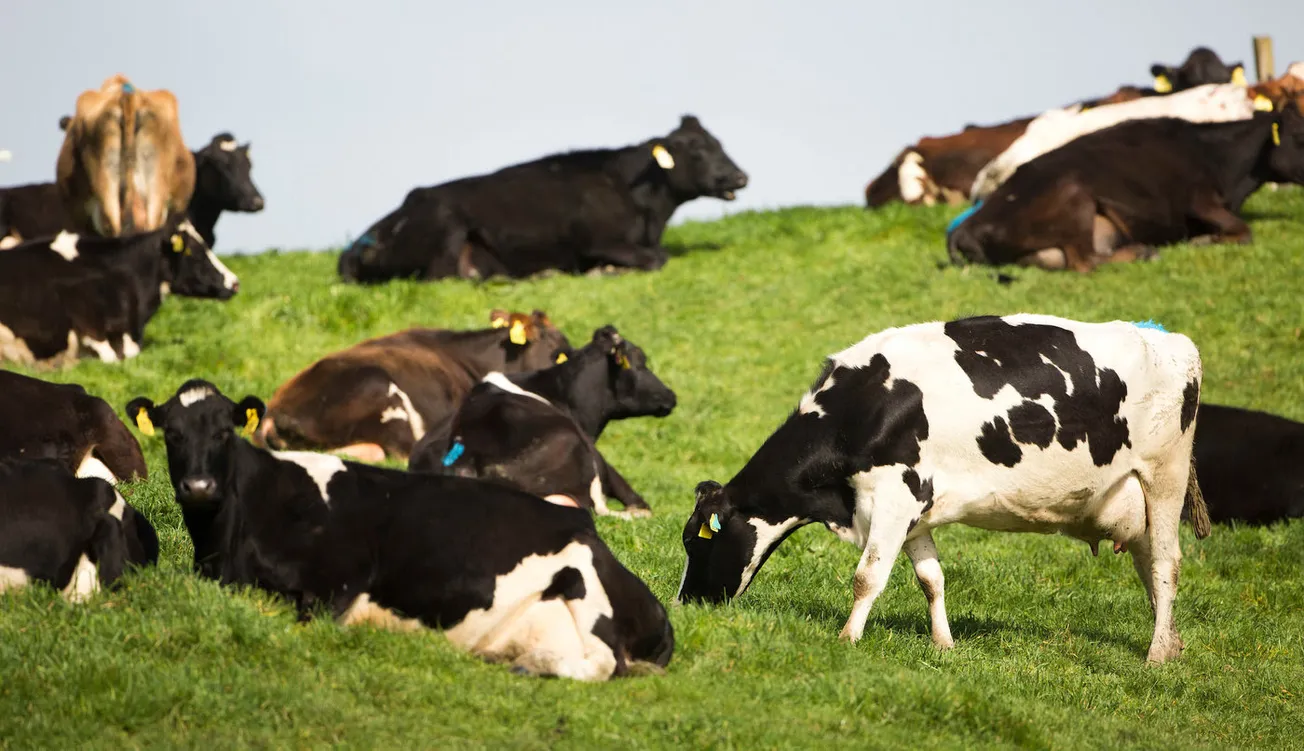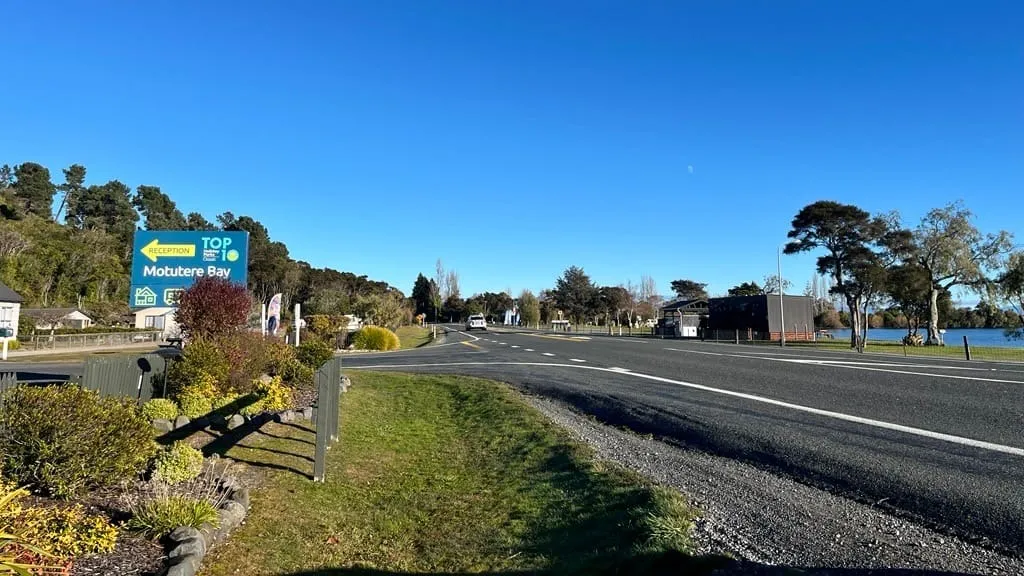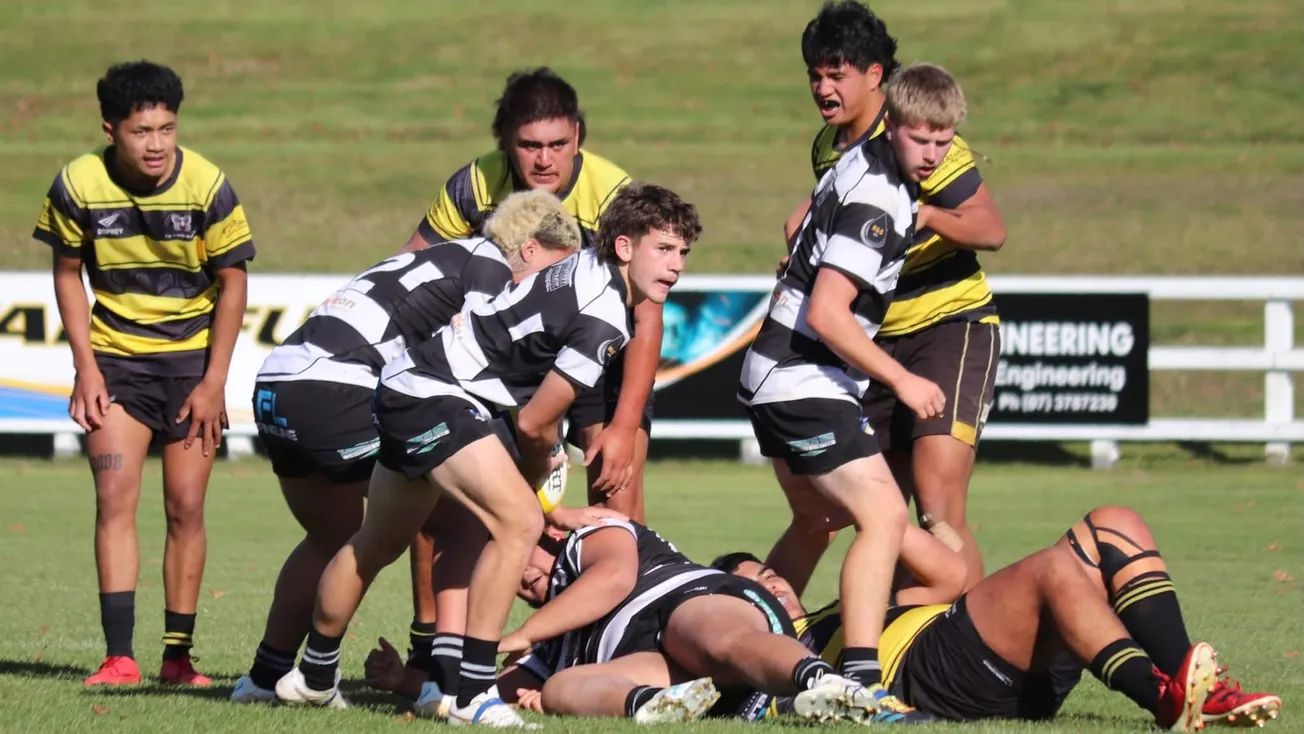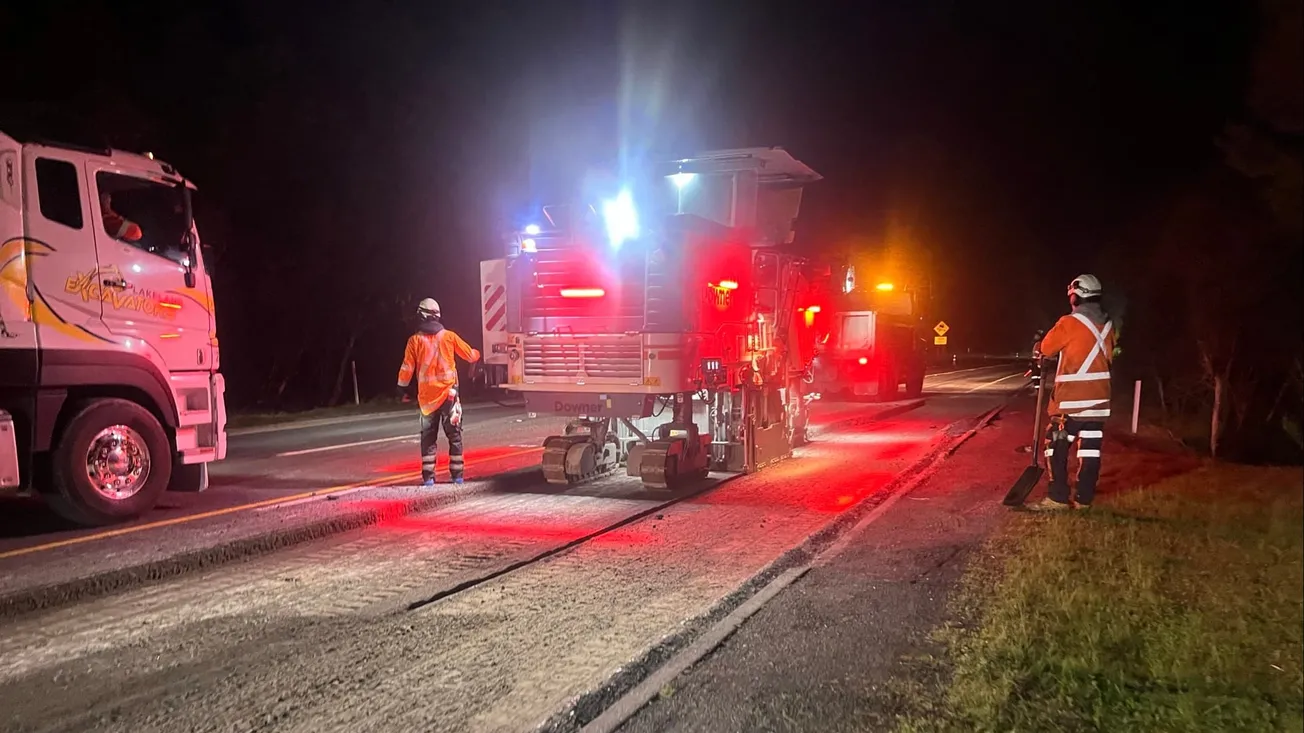The 2022 death of an experienced skier and mountaineer on Mount Ruapehu has led Coroner Katherine Greig to make several recommendations regarding back country trips in early winter.
In a report released in mid-June Coroner Greig determined Ian Malcolm Howat (64) died on the mountain on Friday, June 24, 2022, from a traumatic injury to his chest following a fall while skiing.
The inquiry into the Wellington senior hardware design engineer’s death accepted that the experienced and accomplished mountaineer and skier fell halfway down an area called Angus' Face in the Whakapapa Ski Area, while skiing alone back to the Tararua Tramping Club Lodge where he was staying.
His fall was more likely than not due to the icy and firm snow conditions at the time, combined with the challenge of navigating through protruding rocks, the inquiry findings noted.
When he fell, Howat almost certainly hit a large rock, resulting in the chest injuries to which he succumbed.
Although the area Howat was visiting with a friend – who had decided to walk back to the lodge separately – was within the ski field, Whakapapa had not yet officially opened for the season and was not being actively patrolled.
Both the Ruapehu Alpine Rescue Organisation (RARO) and Mountain Safety Council (MSC) contributed to the inquiry, through testimony from the searchers and first responders who found Howat, and in an MSC report sought by Coroner Greig to assist her in understanding the circumstances of his death and advice on safety messages arising from the case.
One RARO member described the skiing conditions as likely to have been “extremely challenging” as the icy snowpack was very firm underfoot. While the gullies had reasonable snow coverage with a few rocks protruding, the ridges had significant rocks protruding which he estimated at 70 per cent snow coverage and 30 per cent rocks.
The MSC report noted that the snowpack on Ruapehu and other North Island stratovolcanoes, such as Taranaki, has a reputation for being very firm – and that it is common for ski patrollers to operate with crampons and an ice axe on their packs. The exposure of Ruapehu to the wind and riming from supercooled cloud droplets commonly generates hard snow or ice conditions at much lower elevations than in the South Island.
Therefore, losing traction and sliding on ice, whether walking or skiing, is very common, said the MSC report.
Coronial data between August 2010 and August 2024, including Howat’s case, records 13 deaths of skiers and climbers on Ruapehu and Taranaki when snow and ice was present. Of these deaths, 10 occurred after a slip and fall on hard, icy conditions.
In regarding both the MSC advice and the findings of a Tararua Tramping Club review, Coroner Greig noted that Howat was an experienced and very competent skier, appropriately equipped, and who knew the route he was taking well and that the weather was not inclement.
In making comment on preventing deaths in similar circumstances in future she suggested all those who ski and climb on Mt Ruapehu should heed the recommendations made by the MSC and tramping club.
• Those recreating on Mt Ruapehu need to seriously consider the sliding hazard that ice poses, on both the ascent and descent. Skill, experience and the relevant equipment is required to mitigate the risk of an uncontrollable slide, as is an acceptable plan B should people encounter hazardous conditions unexpectedly. Reading the snow report, weather forecast, and the NZ Avalanche Advisory (avalanche.net.nz) are integral to understanding the current conditions.
• Being familiar with an area can undoubtedly be an asset when recreating in the outdoors. However, MSC strongly recommends that individuals maintain a critical eye on environmental factors, like surface conditions, weather, and group dynamics, despite this sense of familiarity.
• Backcountry skiers are encouraged to travel with a partner who is also skiing (or snowboarding) and if skiers are skiing where the mountain area is not being swept by ski patrol, the minimum party size should be two people.
Coroner Greig noted the strong recommendation of the MSC and Tararua Tramping Club that an appropriate helmet be used when skiing particularly in variable conditions or where rocks were protruding, but as Howat did not die from a head injury this was not a matter on which it was appropriate to make a formal recommendation.

